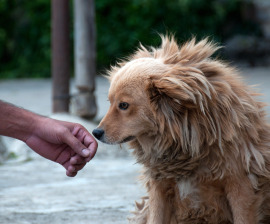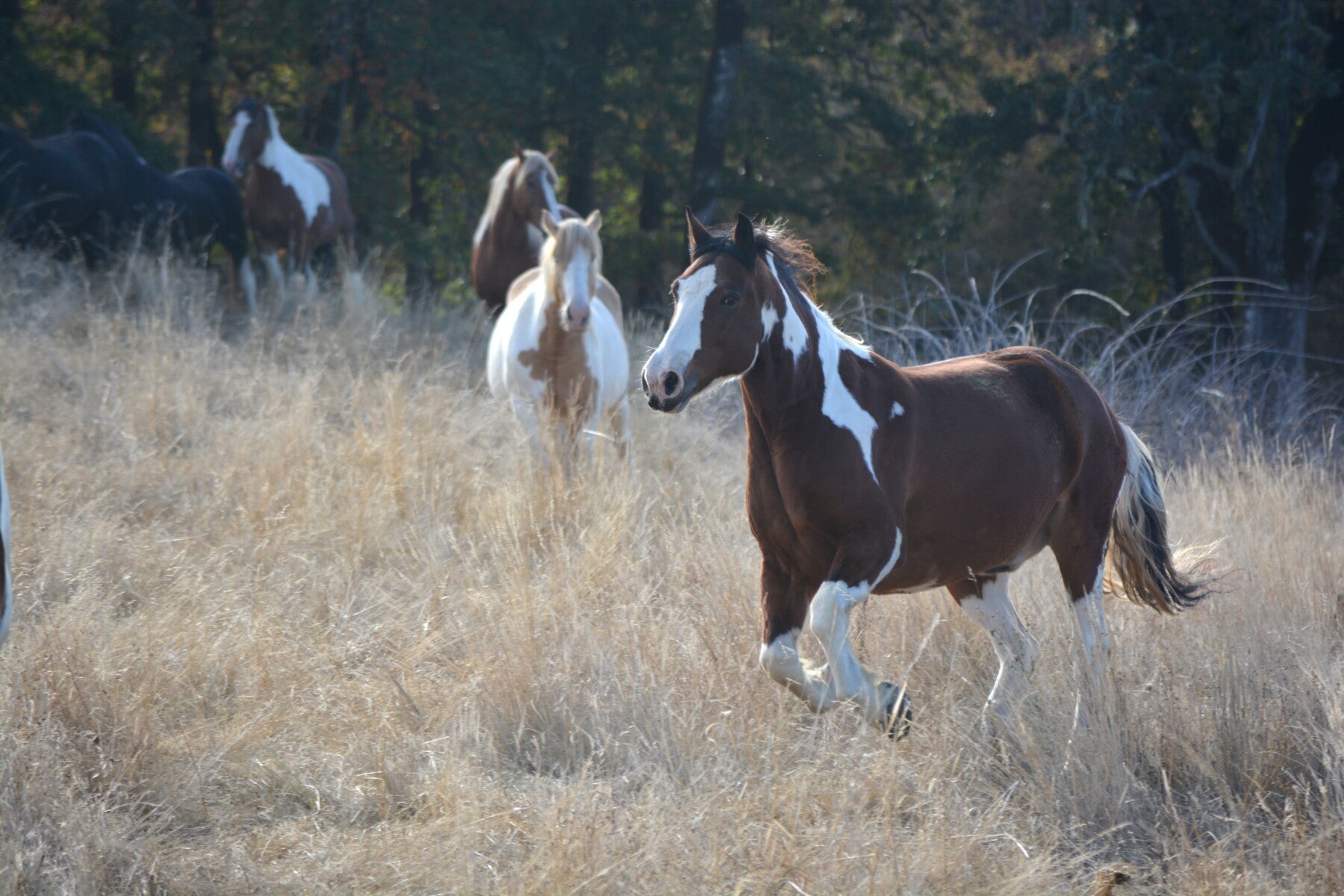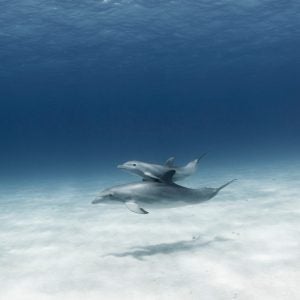-

Robust legislation is much needed. Len Tillim/istock
2006: The European Parliament adopted a resolution calling on the European Commission to strengthen the EU shark finning legislation [1]. The Parliament noted that the information supplied by Member States on their fishing fleets’ activities was very poor, enforcement of the Regulation was difficult and the fin-to-carcass ratio was problematic due to differences in the morphology of the various shark species. It also called on the Commission to present a Community Plan of Action for the conservation of sharks by June 2007.
2009: The European Commission’s Action Plan for the Conservation and Management of Sharks was eventually adopted in 2009. It aims to improve data collection and to decrease the decline in shark populations by reducing the pressures caused by overfishing, bycatch and shark finning.
The plan acknowledges the weaknesses in the present EU shark finning legislation and proposes tightening up this legislation. It also gives a commitment to ensuring that the measures against finning that have been adopted at an EU level are also implemented in all relevant international conventions, including Regional Fisheries Management Organisations.
2010: The amendment of Regulation (EC) No 1185/2003 was included in the European Commission’s work programme for 2010. A public consultation on shark finning was launched in November 2010.
An impact assessment will be conducted before the Commission presents its proposal to amend the EU shark finning Regulation to the Council of the European Union and European Parliament. It is anticipated that a proposal will be published during the course of 2011, and will be considered under the ordinary legislative procedure (co-decision).
In the meantime, the European Parliament has not stood still. In September 2010, Written Declaration 71/2010 calling for the strengthening of the present EU ban on shark finning was launched:
By its lapse date in December 2010, a total of 423 of the Parliament’s 736 MEPs had signed, showing their support for the requirement for sharks to only be landed with their fins naturally attached to their bodies. The European Parliament consequently adopted a Resolution urging the European Commission to swiftly deliver a proposal to prohibit the removal of shark fins on-board vessels without exception.
This Resolution is particularly relevant since it provides a good indication of the extent of the Parliament’s support for a fins-naturally-attached policy and its future voting behaviour. Following the ratification of the Lisbon Treaty, the European Parliament now has equal decision-making powers with the Council of the European Union when it comes to deciding fisheries policy.
2011: Stakeholders and EU citizens were invited to give their opinions on a range of policy options for amending the present legislation. HSI’s submission to the consultation, in March 2011, urged the Commission to adopt a ‘fins-naturally-attached’ policy without exception.
In November 2011, the European Commission adopted a strong draft legislative proposal on shark finning. The new legislation would ensure that all sharks caught by EU vessels anywhere in the world must be landed with their fins naturally attached to their carcasses, without exception.
2012: On 19 March, the Council of the European Union adopted a general approach supporting the Commission’s proposal to close the loopholes in the current EU shark finning legislation by ensuring that all sharks are landed with their fins naturally attached without exception. It is believed that Spain and Portugal were the only EU Member States to raise objections to the Commission’s proposal.
In the European Parliament, the Fisheries Committee and the Committee on the Environment, Public Health and Food Safety are still debating the Commission’s proposal. The final Plenary vote on the shark finning issue is expected in July 2012.
Moving forward
Working closely with Members of the European Parliament and our colleagues in the Shark Alliance, HSI Europe will continue to raise awareness of the cruelty involved in shark finning and work towards obtaining robust protection for sharks at the earliest opportunity.
1. Motion for a European Parliament Resolution on the application of Council Regulation (EC) No 1185/2003 on the removal of fins of sharks on board vessels (2006/2054(INI))





































